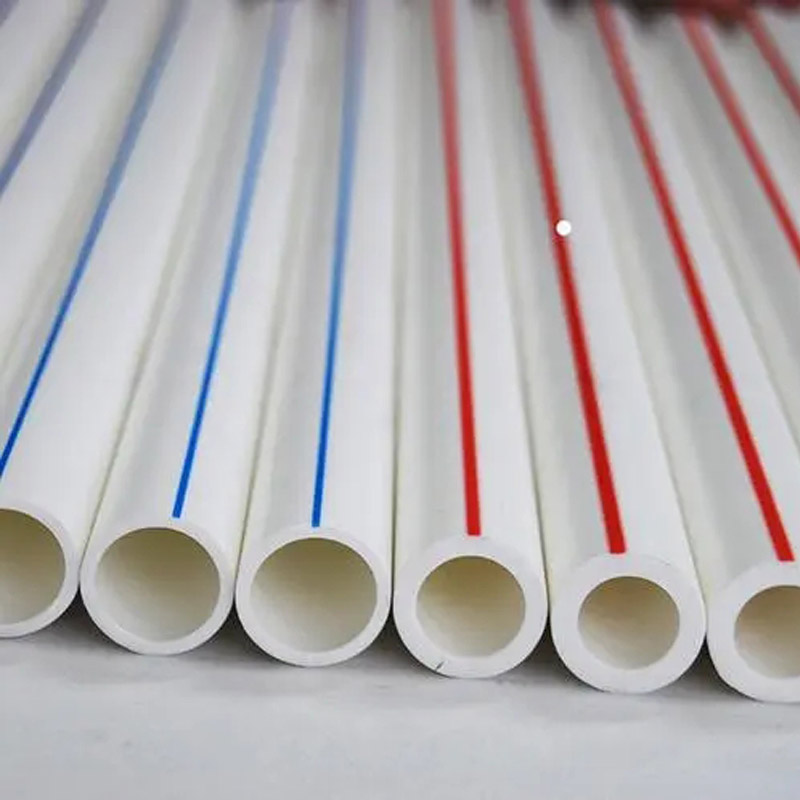Oct . 03, 2024 10:42 Back to list
pipe hdpe size products
Understanding HDPE Pipe Sizes and Their Applications
High-Density Polyethylene (HDPE) pipes have become increasingly popular in various industries due to their lightweight, durability, and corrosion resistance. These pipes are widely used in water transportation, sewage systems, and industrial applications. One of the most crucial aspects of HDPE pipes is their sizing, which significantly affects their performance and suitability for specific applications.
What is HDPE?
HDPE, or High-Density Polyethylene, is a type of plastic known for its high strength-to-density ratio. This material is commonly used for pipes because it can withstand harsh environmental conditions without degrading. HDPE pipes are resistant to chemicals, UV radiation, and extreme temperatures, making them a reliable choice for both above-ground and underground applications.
HDPE Pipe Sizes
When selecting HDPE pipes, understanding the sizing options is vital. HDPE pipes come in various diameters and thicknesses, measured in nominal pipe size (NPS) or outside diameter (OD). The size determines the pipe's pressure rating and flow capacity, so choosing the right size for your project is essential.
1. Nominal Pipe Size (NPS) This is a dimensionless number that corresponds to the pipe's internal diameter. Common NPS for HDPE pipes range from 1 inch to 63 inches or more, depending on the specific application. The NPS system allows for standardization in pipe sizes, making it easier for engineers and contractors to select the appropriate pipe for their needs.
2. Outside Diameter (OD) The outside diameter is a critical measurement in determining how the pipe will fit within a system. HDPE pipes generally feature a smooth outer surface, which helps with installation and reduces friction when transporting fluids. The OD also plays a significant role in coupling and fitting pipe connections.
pipe hdpe size products

3. Wall Thickness HDPE pipes come in various wall thicknesses, often classified by the Standard Dimension Ratio (SDR). The SDR is the ratio of the pipe's outside diameter to its wall thickness. A lower SDR indicates a thicker pipe wall, which enables the pipe to handle higher pressures. It is essential to consider the operating pressure of your application when selecting wall thickness, as this will affect the pipe's longevity and performance.
Applications of HDPE Pipes
HDPE pipes are versatile and used in numerous applications, including
- Water Supply Municipal water systems often utilize HDPE pipes due to their leak-free joints and resistance to corrosion, which ensure a safe and reliable water supply. - Sewage Systems The durability and flexibility of HDPE make it an ideal choice for sewer lines, preventing leaks and blockages.
- Industrial Uses Many industries use HDPE pipes for transporting chemicals and other hazardous materials because of their chemical resistance and robustness.
Conclusion
Understanding the sizing of HDPE pipes is crucial for successful project planning and execution. Selecting the right nominal pipe size, outside diameter, and wall thickness can significantly enhance system efficiency and longevity. As HDPE technology advances, its applications continue to expand, reinforcing its position as a preferred material in various sectors. Whether for municipal use or industrial applications, HDPE pipes offer a reliable solution for modern infrastructure needs.
-
High-Quality PVC Borehole Pipes Durable & Versatile Pipe Solutions
NewsJul.08,2025
-
High-Quality PVC Perforated Pipes for Efficient Drainage Leading Manufacturers & Factories
NewsJul.08,2025
-
High-Quality PVC Borehole Pipes Durable Pipe Solutions by Leading Manufacturer
NewsJul.08,2025
-
High-Quality PVC Borehole Pipes Reliable PVC Pipe Manufacturer Solutions
NewsJul.07,2025
-
High-Quality UPVC Drain Pipes Durable HDPE & Drain Pipe Solutions
NewsJul.07,2025
-
High-Quality Conduit Pipes & HDPE Conduit Fittings Manufacturer Reliable Factory Supply
NewsJul.06,2025

